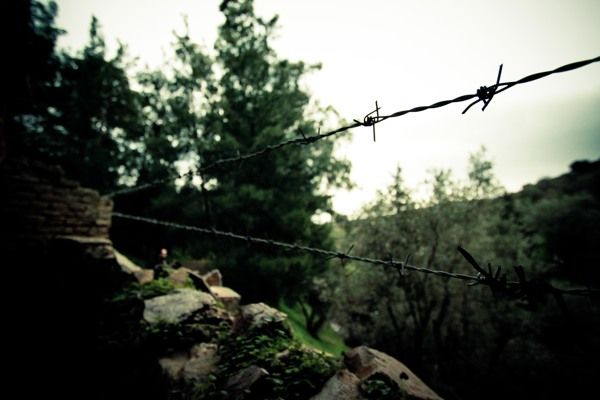About
The beautiful ruins of Lovokomeio reflect the clashing realities of a leprosarium.
The colony was built in the 14th century and quarantined people with Hansen’s disease. The illness was infamously recognized as leprosy and dreaded for its alleged contagious properties. The segregated village offered victims of leprosy respite from the horror and fear typically bestowed on them by the general public. This was probably a small comfort for being forced to live in isolation away from their homes and families.
Historically encapsulating a much wider range of skin conditions, the notorious skin and nervous system disease has plagued mankind for over 4,000 years. Its Biblical associations generated enormous superstition in the Middle Ages by people who believed the affliction was divine retribution for a variety of sins. Leper colonies were constructed by societies to repel both physical and spiritual ailments. Lovokomeio was one of the first such leper communities built in Europe.
Everyday objects, such as children's books, medicine, and laundry, communicate a normal lifestyle led by people in this colony. The empty open tombs offer perhaps a more realistic morbid account. Nevertheless, the colony was surrounded by a verdant pine forest and was probably charming as far as coerced solitude was concerned.
Chios was abandoned during the Greek War of Independence in the 19th century when Ottoman soldiers massacred or exiled most of the island’s inhabitants. It wasn’t long before a devastating earthquake struck that killed almost 8,000 people and wrecked colonies around the island. Lovokomeio was restored in the 20th century with the accoutrements of plumbing, laundry, fountains, and a restaurant. The community rose to heights of spirituality through the work of St. Anthimos and St. Nikephoros the Leper. The colony shut its gates in 1957, leaving behind dilapidated ruins and memories of society’s outcasts who inhabited the area for so long.
Related Tags
Community Contributors
Added By
Published
August 6, 2013







































